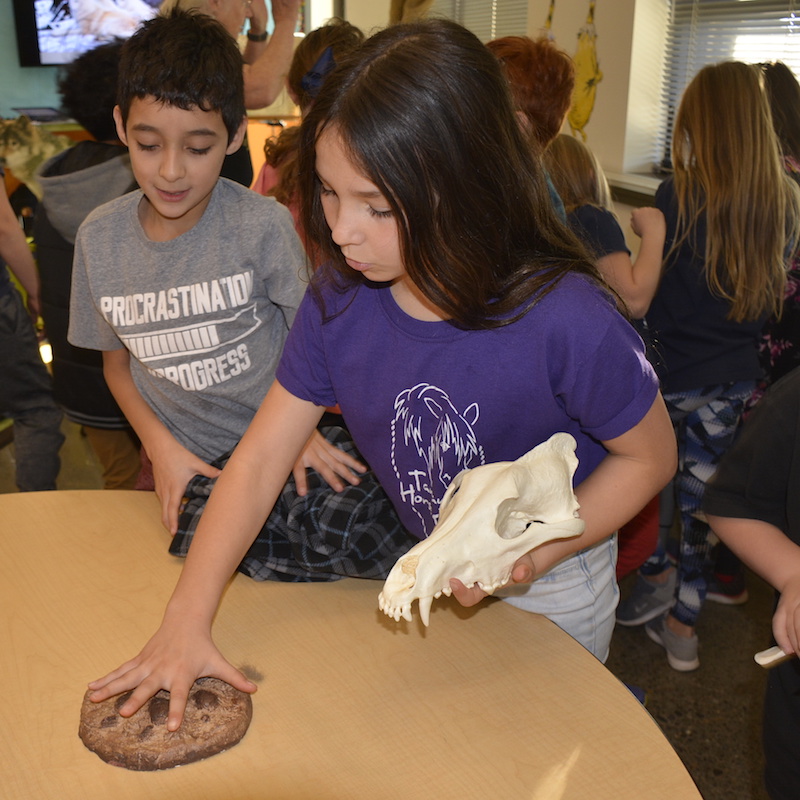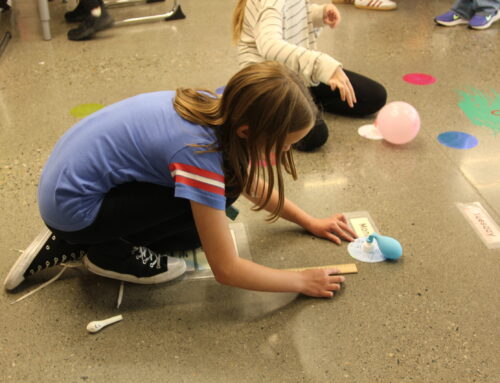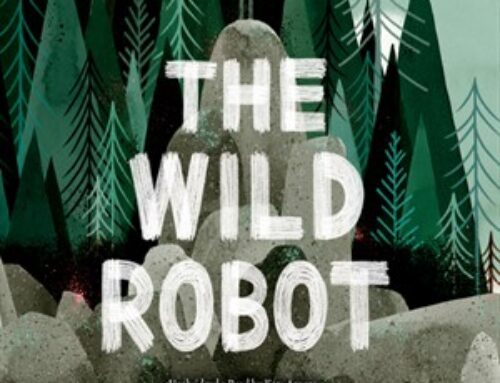The third-grade students at Columbia River Gorge Elementary School learned the ways of the wolves at a Wolfways presentation on Friday, November 22.
“They teach about the re-population of wolves in the western US, the importance of balanced ecosystems and adaptations that allow wolves and other wildlife to survive in their habitat,” said CRGE third grade teacher, Ellen Hein. “The program aligns with 3rd grade NGSS (Science) standards in addition to our CKLA Animal Classification unit.” The classes of Cindy Coons and Angie Barnes also took part.
Oregon Wild and Wolf Haven International sponsor the Wolfways program, which engaged students through a multi-sensory experience and helped bring the science topics they’re learning in class to life.
Co-founder Joanie Beldin said the presenters’ goal is to increase the students’ overall understanding and interpretation of wolves.
Sheila Redman, who has volunteered for Wolfways for four years, said there is a lot of misunderstanding when it comes to wolves, and that much of these myths stem from cartoons and fairy tales that portray wolves in a negative light.
“It wasn’t until people started to study wolves in the wild that they discovered their complexity and intelligence,” said Redman. “All information related to wolves is fairly new, and it has only been about 20 years since people started to make discoveries about the species, learning, for example, that a pack of wolves isn’t just a group of wolves, but an actual family.”

The third graders at Columbia River Gorge learned details about the strong family ties in a wolf pack and how parents, children, aunts and uncles all live together. They also learned interesting facts such as baby wolves are remain in their den for 3-4 weeks, a wolf can hunt an elk by breaking its leg with two bites; and that wolves increase biodiversity and their presence can help maintain the presence of other animals, like aquatic life in streams and songbirds.
“I was surprised to learn that after wolves kill an animal for food, it can end up feeding a lot of different animals,” said third grader Aubree McConnville. “Wolves are great!”
A highlight for students was the chance to run their fingers through wolf hair, compare their hand size to a wolf paw casting, and hold a wolf skull.
At the conclusion of the presentation, students were challenged to share the truth they have learned about wolves and to believe that they can make a difference in their protection. Each student was provided a wolf fact sheet and poster to take home.
The program is available in northern Oregon and southern Washington. For more information about the program, or to volunteer for Wolfways, visit www.oregonwild.org/wildlife/wolves/wolfways-wolf-education.





